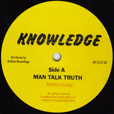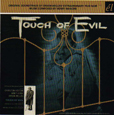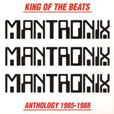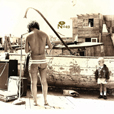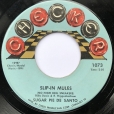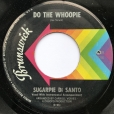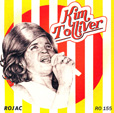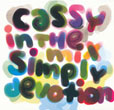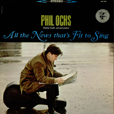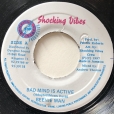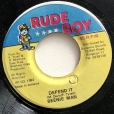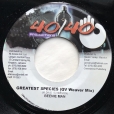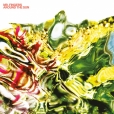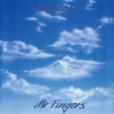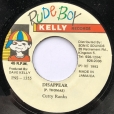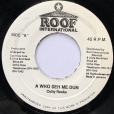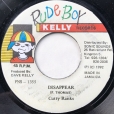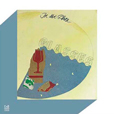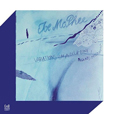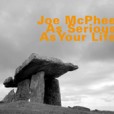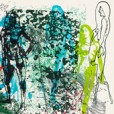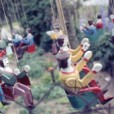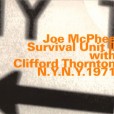Your basket is empty

Anthony Doyley is the singer on The Classics’ Civilization. Here he is tearing up the mic ten years later in 1980, two years after Knowledge stopped at the Black Ark.
Imagine being managed by Tapper Zukie.
Henry Mancini’s fabulously evocative Latin-flavoured soundtrack to the classic Orson Welles film.
1970s bottlings of the ‘crystal giggling energy’ of muse Vista, through a pioneering mix of one-stop synths, tape reversal, feedback and so on. Supposedly the kind of thing you hear during a near-death experience.
Her classic Rojac and Tay-Ster sides.
With two exclusives from her bad self, and a discriminating house selection all round.
The founding principle of this magnificent Swiss label was to document the music of Joe McPhee. Here he is solo, more than two decades later in 1998, on reeds, pocket cornet, piano and electronics, nodding to Trane, Marilyn Crispell, Miles, Conlon Noncarrow, Ra, Gershwin… and Val Wilmer. It’s gripping, direct and evocative; brimming with body and soul; very warmly recommended.
Invigorating shots of spiritual jazz — the business, no sugar, no additives — in two versions from 1970, for tenor saxophone and space organ. Lovely artwork by Dick Higgins.
Fab.
‘Multi-track, multi-instrumental recordings — more compositional in nature than Sound On Sound — especially prized by the man himself. Over-dubbing builds and sculpts each piece, creating complete wind ensembles one track at a time. In 1974 and then again in a longer session in 1979, McPhee recorded himself in concise solo, duo, and tripartite self-communion, like a one-man-WSQ, his probing investigations and lyrical statements as incisive and insightful as those of his best-known recordings.’
